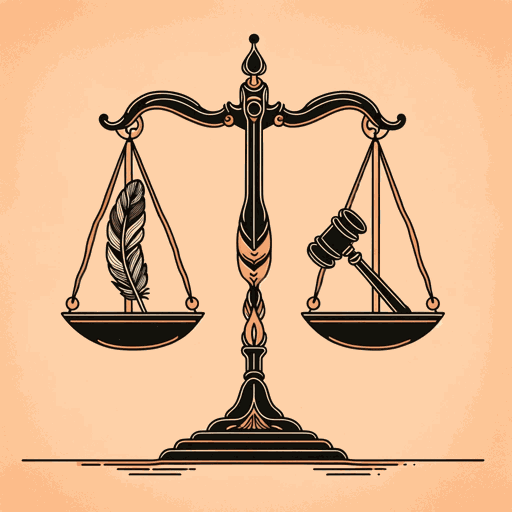42 pages • 1 hour read
Saidiya HartmanWayward Lives, Beautiful Experiments: Intimate Histories of Social Upheaval
Nonfiction | Book | Adult | Published in 1997A modern alternative to SparkNotes and CliffsNotes, SuperSummary offers high-quality Study Guides with detailed chapter summaries and analysis of major themes, characters, and more.
Part 1, Chapters 5-8Chapter Summaries & Analyses
Part 1: “She Makes an Errant Path Through the City”
Chapter 5 Summary: “Manual for General Housework”
This brief chapter is formatted in the style of dictionary definitions, giving various interpretations of the word “manual.” The first few definitions describe “manual” as related to the hands and what is done using them. The definitions evolve into a commentary on possession and, in turn, slavery and refused autonomy. “Manual” is also defined in opposition to one’s own mental and physical autonomy. Relating to the hands again, “manual” pertains to the worn hands of working people and all the ordinary things they do with them, from engaging in sexual intimacy to earning wages.
Additionally, “manual” is opposed to abstract thinking, planning, and intelligence. It relates to being handled, not only in terms of objects but also in terms of objectified people. Hartman describes the struggle that can ensue between the handled—like the enslaved or modern-day Black people—and the handler—like slaveholders or aggressive law enforcement. Finally, “manual” is defined as a kind of handbook.
Chapter 6 Summary: “An Atlas of the Wayward”
Two well-dressed Black women walk down South Street in Philadelphia and admire men’s shoes in a storefront window. They pass by sociologist and Harvard PhD W. E. B. Du Bois, who is also dressed up. He is taken aback by the raucous energy of the Black people in the slum where he walks.
Featured Collections
Black History Month Reads
View Collection
Books on U.S. History
View Collection
Feminist Reads
View Collection
LGBTQ Literature
View Collection
National Book Awards Winners & Finalists
View Collection
Popular Study Guides
View Collection
Pride Month Reads
View Collection
Women's Studies
View Collection

